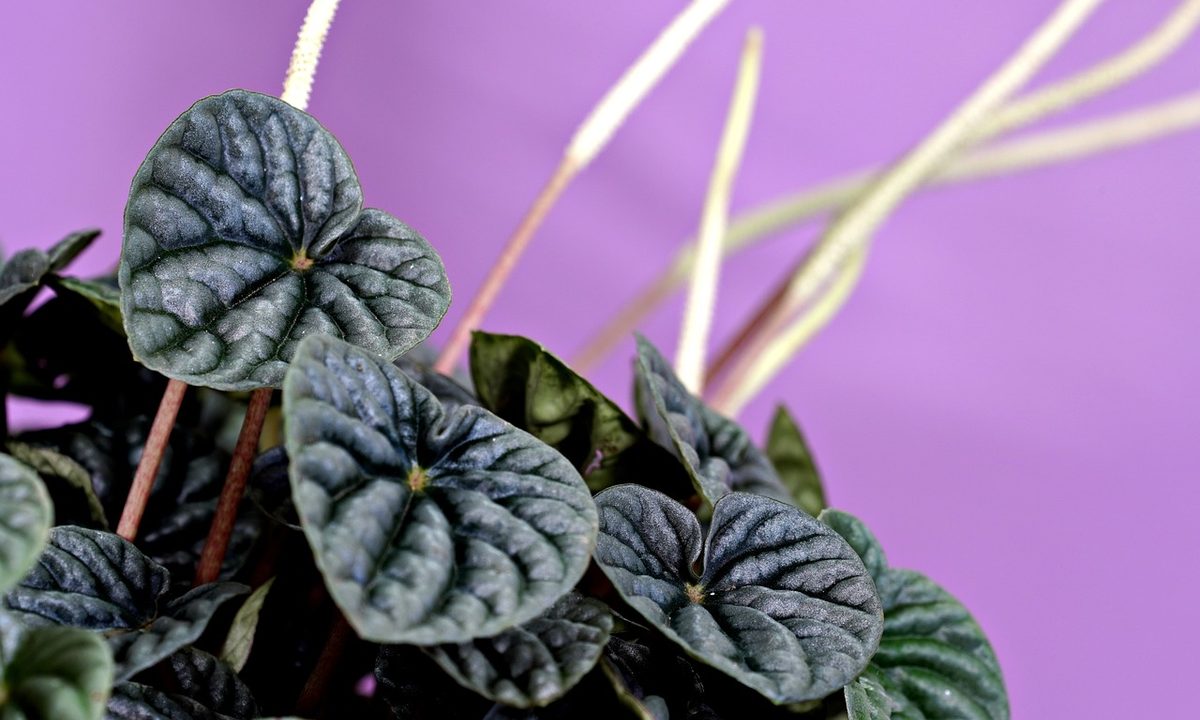Bringing a new plant home is so exciting! It can also be an anxiety-inducing experience, especially if you aren't familiar with the plant you're getting. One plant you don't need to be anxious about is the Peperomia caperata. Although these are hardy and beginner-friendly plants, it’s still good to know exactly what a plant wants to ensure you can provide it with what it needs to live a long and happy life. Today, we'll be going over everything you need to know about Peperomia caperata care.

What is the Peperomia caperata?
The Peperomia caperata, also known as an emerald ripple peperomia, is native to Brazil. It’s a compact plant with short stems and eye-catching leaves. The leaves are heart-shaped with prominent ridges that catch the light. The leaves are typically green with deep green veins, but they sometimes have a hint of red in them as well. Fully grown, they can reach up to 8 inches tall.
If you’re able to give this plant precisely what it needs, you might be lucky enough to experience it blooming. The blooms on this plant are unique. They grow like stems that reach high over the compact plant, and they are usually red or purple. These flowers usually appear in early fall.

Care tips for Peperomia caperata
We don’t want you to stress too much about the care of this plant. It’s the perfect beginner plant and is an excellent gift for those just getting into plants. These plants are easy to care for, especially since the average room temperature and humidity are perfect for them. Additionally, they are nontoxic, so you don't need to worry about your pets chewing on them.
Here's how to care for them:
Step 1: Keep the soil damp but not soggy.
You can invest in a moisture meter to read the soil’s moisture level accurately, but you can use also your finger to feel the top inch of the soil. If it’s dry, you’ll want to give the plant a bit of water.
Step 2: Place your Peperomia caperata in light shade or bright indirect light.
Remember, these are native to the rainforests of Brazil, and the larger plants there shade the peperomia from harsh light. So wherever you put it, be sure you’ve protected it from direct sunlight. These plants also thrive with grow lights, so they would make an exceptional office plant.
Step 3: Feed your peperomia monthly to every other month during spring, summer, and fall.
They don't need feeding during winter. You can use almost any indoor houseplant fertilizer, including water-soluble or liquid. You could also use a slow-release fertilizer instead of feeding it every month. It’s really up to you and your plant care preferences.

Propagating emerald ripple peperomias
These plants are straightforward to propagate, and the baby plants are perfect for growing your collection or sharing with friends and family. It could also be a fun science project for the kids! Here's how:
Step 1: Cut off a piece of stem with a leaf attached using clean scissors.
Step 2: Place the cutting in a clean jar or cup of water.
The water should cover the stem but not touch the leaf. You should begin seeing roots within the next few weeks.
Step 3: Change the water weekly.
Step 4: Clean the jar or cup if algae appears in the water.
Step 5: Plant the cutting in a small pot when the roots are about 1 to 2 inches long.
Peperomia are not picky about soil type, so regular potting soil is fine.
The Peperomia caperata is a popular plant among the community, and it’s super easy to care for! Just remember to keep it moist but not wet, and avoid direct sunlight.



